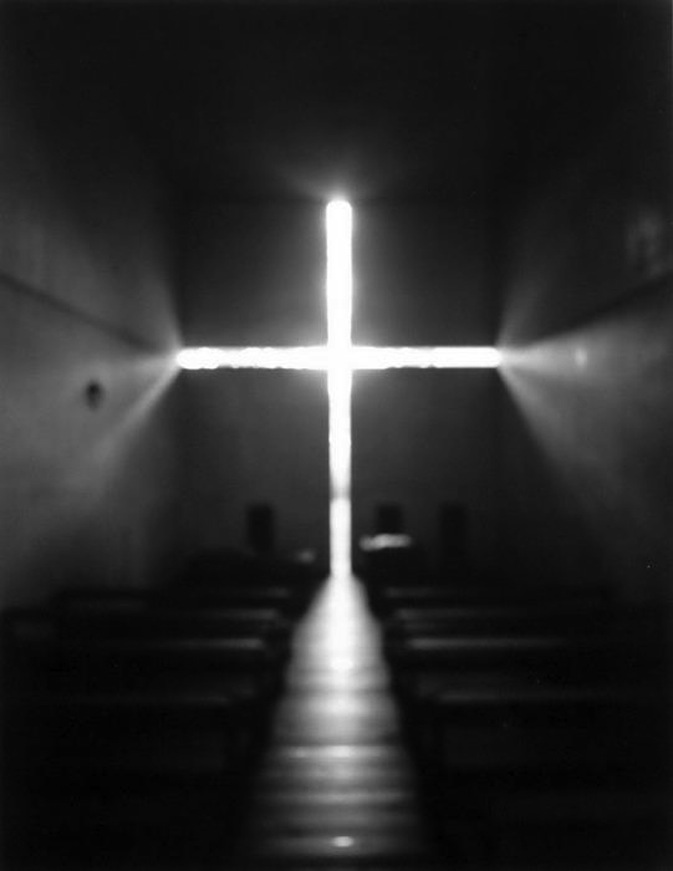Clothed in Mystery
Adie Kleckner
After being out of town for a couple weeks, I climbed the stairs to my apartment, dropped my suitcase to the floor, and noticed the light had changed. The sunlight no longer blared with cool blues and purples; it filtered through thin chloroformed leaves leaving fluorescent green slatted across my wood floors.
Even now I write this in the light from my laptop screen. An unchanging, medical light of pure white. My cursor blinks with black insistence to cover the light with words.
When Justinian rebuilt Hagia Sophia, after conquering Istanbul and overthrowing her Islamic rulers, he sought to fill the halls with a holy light. Small windows circle the dome so closely set it appears to be floating. Under the dome, our position is not fixed; we are awash in illusionary light and shadow.
The gospel of John begins its account with light. A light so strange that the darkness cannot comprehend it. Can darkness know something that is not only its opposite but also its destroyer?
And God saw the light, that it was good: and God divided the light from the darkness.
Over the course of two years, Claude Monet painted a series of thirty paintings of the façade of the Rouen Cathedral. He painted at varying times of day and year. His view of the cathedral did not change, that is, he was not trying to paint the cathedral, with all of its complexities and architectural innuendos. He was trying to paint the light, the way it marked time and weather. But in order to paint light, you must also paint shadows.
The Impressionist palate did not include black. Rather Monet slathered the shadows in crimson, umber, burnt orange; light in mauve, rose, naples yellow. In some instances, the shadows and light are nearly indistinguishable. He adjusted value—the relative lightness or darkness of a color—by adding white. The colors found in shadow also appeared in light, and vice versa.
In order to snap a properly exposed photograph, the photographer must first establish the middle point between shadow and light. That is, the shutter time needs to be both long enough to capture the details in shadow, but not so long that the details in light burn out.
The dome would not hover in Hagia Sophia if there were not also edges of darkness.
Annie Dillard writes, in Pilgrim at Tinker Creek, “if we are blinded by darkness, we are also blinded by light. When too much light falls on everything, a special terror results.”
Back in my apartment, I watch the light change throughout the day. The northern light in my living room a consistent glow, the light in my southern bedroom crawling up and down the walls, the slow dimming of the close of day when the shadows spread and the distinction between darkness and light is clothed in mystery.
(Photo by Hiroshi Sugimoto)
